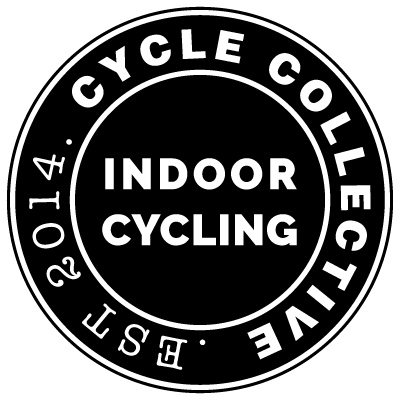12 Jun Cycling Efficiency
Riding efficiency, outdoor, indoors or in cycle/spin classes is complemented by a good fit. A correct fit promotes optimal joint angles for which your muscles will work from.
Even so, it is important to have an understanding of what muscle groups are used, but more importantly, where each muscle is used in reference to the pedal stroke.
There are a number of different beliefs when it comes to what is the ‘optimal’ pedal stroke – how your foot should be placed during the down and up-stroke; where your heel should be placed, and whether you need to ‘push ‘ and ‘pull’. Rather than overcomplicating things though, it is easiest to look at the pedal stroke with the outcome in mind. What is the role of the pedal stroke, and how can you make this as natural and easy as possible.
When breaking down the role of the pedal stroke, it is simple. You push down to propel you forward (the action is the same even though you are stationary). How do you make this as easy as possible? Keeping with the underlying theme of exercise adherence, the easier the task is, the more enjoyable it is, right? Right.
Common misconceptions
One of the most common things you hear when people talk about pedaling actions, is the need to ‘pull up’ on the pedals and ‘recruit your hamstrings’. This is not the case. As there are two pedals, which oppose each other (one is pushing down whilst the other is coming back up) then there is no reason to ‘pull’ up. The hamstrings act as a stabilizer muscle, rather than a powerhouse muscle
Muscle groups
The main muscle groups responsible for powering the pedal stroke are the glutes and the quadriceps. Figure 5 shows a great depiction of the different muscle groups as they apply to the different parts of the pedal stroke.
Here are the most important muscles in cycling
- Gluteus Maximus
- Semimembranosus (Hamstring)
- Biceps Femoris (Hamstring)
- Vastus Medialis (Quadriceps)
- Rectus Femoris (Quadriceps)
- Vastus Lateralis (Quadriceps)
- Gastrocnemius Medialis (Calves)
- Gastrocnemius Lateralis (Calves)
- Soleus (Calves)
- Tibialis Interior
Figure 5. Muscle contribution to pedal stroke (Training Peaks, 2015).
Contact point
Drawing again on the basic notion of the pedal stroke and propelling yourself forward, the shoe-pedal contact point is of great importance. This is the main contact point in which all your hard work gets put into action; this is why it is important to push down with the balls of your feet, rather than have a flat foot and ‘scoop’ through – why would you do that if it’s the ball of your foot that is in contact with the pedal?
Hip flexion, along with hip and knee extension are the primary movements of a pedal stroke. Between the 6 and 12 o’clock position in the pedal revolution, there is some knee flexion to help bring the pedal back to the top but helping that flexion is the greater downward force being placed on the opposite pedal, by the opposite leg.
Any extra help bringing the returning pedal back to the top is a benefit. The muscles that help return the foot to the top range from the hamstrings and calves at the bottom of the stroke, pulling the foot backwards, to the quadriceps at the top, lifting the foot and knee back to the 12 o’clock position.
The power phase happens while the hip and knee extends, pressing downward on the pedal. This action starts with a combination of the gluteus and quadriceps muscles, but then is joined by the hamstrings and calf muscles a quarter ways through the revolution. This shows the need for equally strong hamstrings, hips, and quadriceps. These groups of muscle make up the largest volume of muscles used in a pedal revolution.
Instructors at Cycle Collective are trained not only to set you up on the bike but to help you improve your pedal efficiency, form and function.
So let’s get rolling



